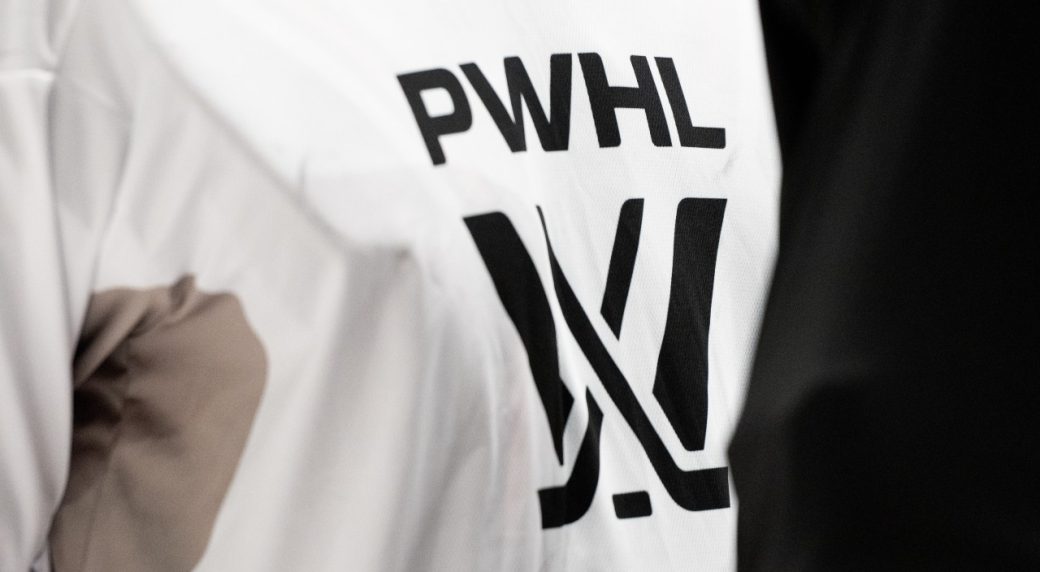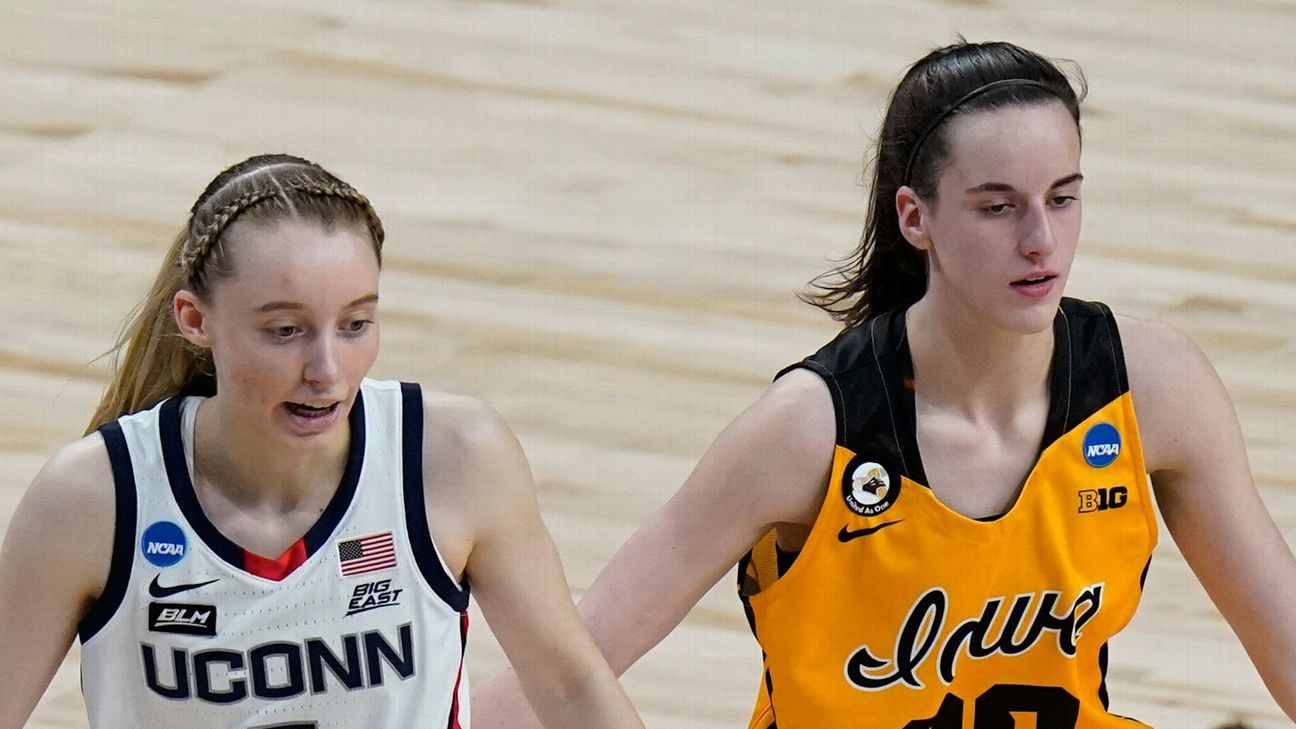ESPN’s Bracketology Analysis
ESPN’s Bracketology endeavors are dedicated to forecasting the NCAA tournament field as anticipated by the NCAA Division I basketball committee’s selection in March. ESPN’s bracketologist, Joe Lunardi, utilizes comparable data points favored by the committee, such as strength of schedule and other season-long indicators like the NET and team-sheet data, akin to those available to the NCAA, in his prognostications of the field.
For a more comprehensive insight into the NCAA selection criteria, please visit the NCAA website.
68-Team Bracket
The 68-team bracket stands as the standard format of the NCAA tournament field since 2011. If the 2021 field comprises 68 teams, there will be notable differences compared to previous years. A significant modification from the norm entails the entirety of the NCAA tournament being held at a single site, eliminating the necessity for geographical considerations in seeding. Moreover, due to the Ivy League’s decision to abstain from the 2020-21 season, there will be at least one fewer automatic qualifier this season, lowering the number of AQ entries to 31.
48-Team Bracket
In this forecast, a condensed selection process leads to a reduction of 10 at-large teams and 10 automatic qualifiers (the latter of which still garner a revenue unit). The top four seeds in each region would earn a bye into the second round, with the four first-round matchups per region – 5 vs. 12, 6 vs. 11, 7 vs. 10, and 8 vs. 9 – played without fans on the higher seed’s home court. To minimize travel, first-round pairings will be predominantly guided by geography, resulting in only 32 teams competing at the central site. A prerequisite for at-large consideration is that all participants must hold a minimum .500 conference record, known as the “Lunardi Rule.”
16-Team Bracket
In this particular projection, the committee elects and seeds the 16 most formidable teams without any automatic qualifiers, although all non-participating conference champions secure the designated revenue unit. To maintain a semblance of national equilibrium, conference representation is capped at four teams, ensuring that no region features more than one team from the same conference.
Image/Photo credit: source url





